Karen Graves - Ontario




In the winter of 2008, my partner Cam and I decided that we wanted to experiment with alternative building practices, and to pursue a more sustainable lifestyle. We were renting a house in a small Ontario town, and we decided we would begin the adventure there. Over the winter we began planning and building to be able to spend the following spring/summer/fall living off the grid in a friend’s field.
We did a lot of research online and decided that a yurt was what we wanted. It turned out the company we were most interested in, due to their commitment to land stewardship practices and their attention to environmental considerations when choosing materials to build with, was based in Nova Scotia, where I am from. The idea of heading to Wolfville for a Little Foot Yurt Workshop was very appealing! My Dad agreed to join me for the workshop, and the two of us began the adventure in the best possible way- in the woods, living and working in yurts. The fact that we were cozy and comfortable in yurts in a Wolfville winter gave me the confidence that what we were learning to build was going to be a successful shelter, and not only that but beautiful to boot.
Over the next few months Dad worked away in Dartmouth building a beautiful tono, the door frame, and 2 wall sections, while Cam and I collected trees and worked on a wall section and roof poles in Ontario.
We designed our off grid compound, got permission from the township to put up the yurt (which was not easy due to comprehensive by-laws) and then in the spring we assembled the frame and I began sewing the cover.
I borrowed an industrial machine from a friend and we bought a used army tent for the fabric. We were trying to avoid buying fire retardant treated canvas, because of the chemicals involved. We felt that re-using something would at least mean were not furthering the production of more chemical products, and that for our own health concerns perhaps most of the chemicals world have already off-gassed over the years. In hindsight, I would not recommend this route because it was very difficult and time consuming to re-sew something that large, and in the end it leaked. We ended up having to order new fabric and I had to sew a second roof. The walls leaked as well but we left them because it was not as problematic as the roof leaking.
We had the most wonderful time creating our yurt, and loved living in it as well. Since that fall it has been up several summers as a guest cabin and was the matrimonial suite for our wedding in 2010.
We are currently working on a new cover, as mice destroyed the army tent version two winters ago. Still on the hunt for a chemical free, UV and mould resistant material, we are experimenting with a roll of organic hemp canvas that we purchased from Romania.
I want to thank Alex and Selene for their inspiration and also their follow-up support and encouragement. They are a great team!
